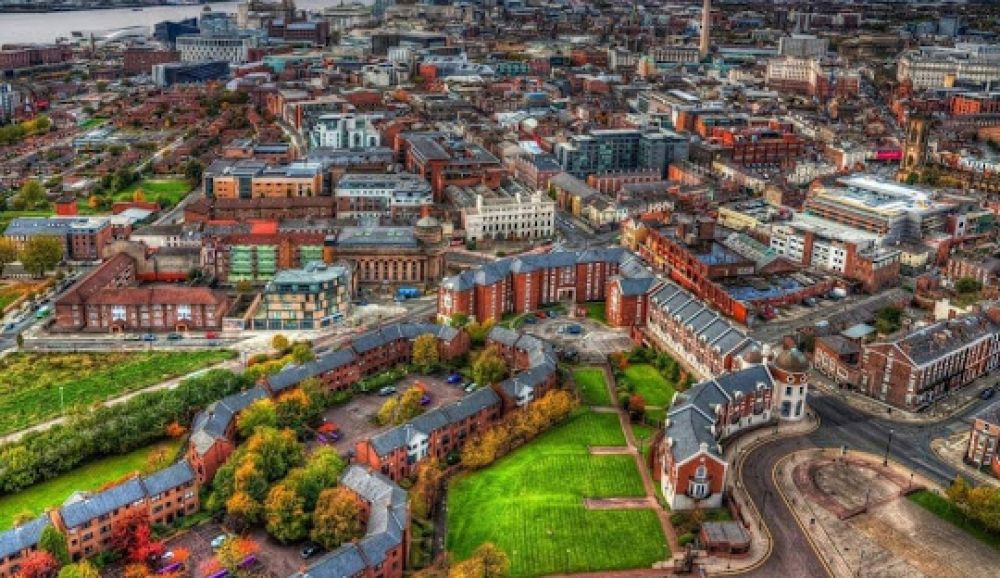

Liverpool, a city in the United Kingdom, has a rich maritime history that has significantly contributed to its tourism industry. Historically, Liverpool was one of the world's most important ports, with its docks playing a central role during the Industrial Revolution and being a major point of departure for British emigrants to North America.
The city's tourism began to take shape in the 19th century. Wealth generated from trade led to the construction of grand civic buildings, museums, and art galleries, which later became key attractions. The opening of the Albert Dock in 1846, for instance, laid the foundation for what would become a major tourist destination in the city.
In the mid-20th century, Liverpool's popularity surged with the phenomenal success of The Beatles. Fans from all over the world traveled to Liverpool to visit places associated with the band, such as The Cavern Club. This ‘Beatlemania’ played a pivotal role in putting Liverpool on the global tourism map.
The designation of Liverpool's waterfront as a UNESCO World Heritage Site in 2004 further cemented its status as a tourist destination. The site, known as the Maritime Mercantile City, includes the Albert Dock, the historic commercial districts, and the Pier Head, with its iconic trio of buildings: the Royal Liver Building, the Cunard Building, and the Port of Liverpool Building.
Liverpool's selection as theEuropean Capital of Culture in 2008 led to a renaissance in arts and culture. The city invested heavily in infrastructure and hosted a year-long series of cultural events that attracted visitors from around the world. This period marked a significant transformation for Liverpool, not just as a heritage site but as a vibrant cultural destination.
In recent years, tourism has expanded to include the city's burgeoning food and drink scene, with independent eateries and bars popping up in areas such as the Baltic Triangle. Sports tourism has also been significant, with the success of Liverpool Football Club drawing fans to the city's Anfield Stadium. The city has continued to develop visitor experiences, including the Museum of Liverpool and the revitalized waterfront area, enhancing its appeal.
The COVID-19 pandemic caused a temporary setback to the tourism industry, but Liverpool has been proactive in adapting and promoting safe travel. Efforts have been made to sustain interest in the city's diverse offerings, leveraging virtual tourism experiences during lockdowns and enhancing safety measures as travel resumed.
In conclusion, Liverpool's history of tourism is deeply intertwined with its cultural and economic evolution. From its maritime past to its musical heritage and cultural dynamism, the city has always found ways to reinvent itself and attract visitors from across the globe, making it an enduring favorite for international and domestic tourists alike.